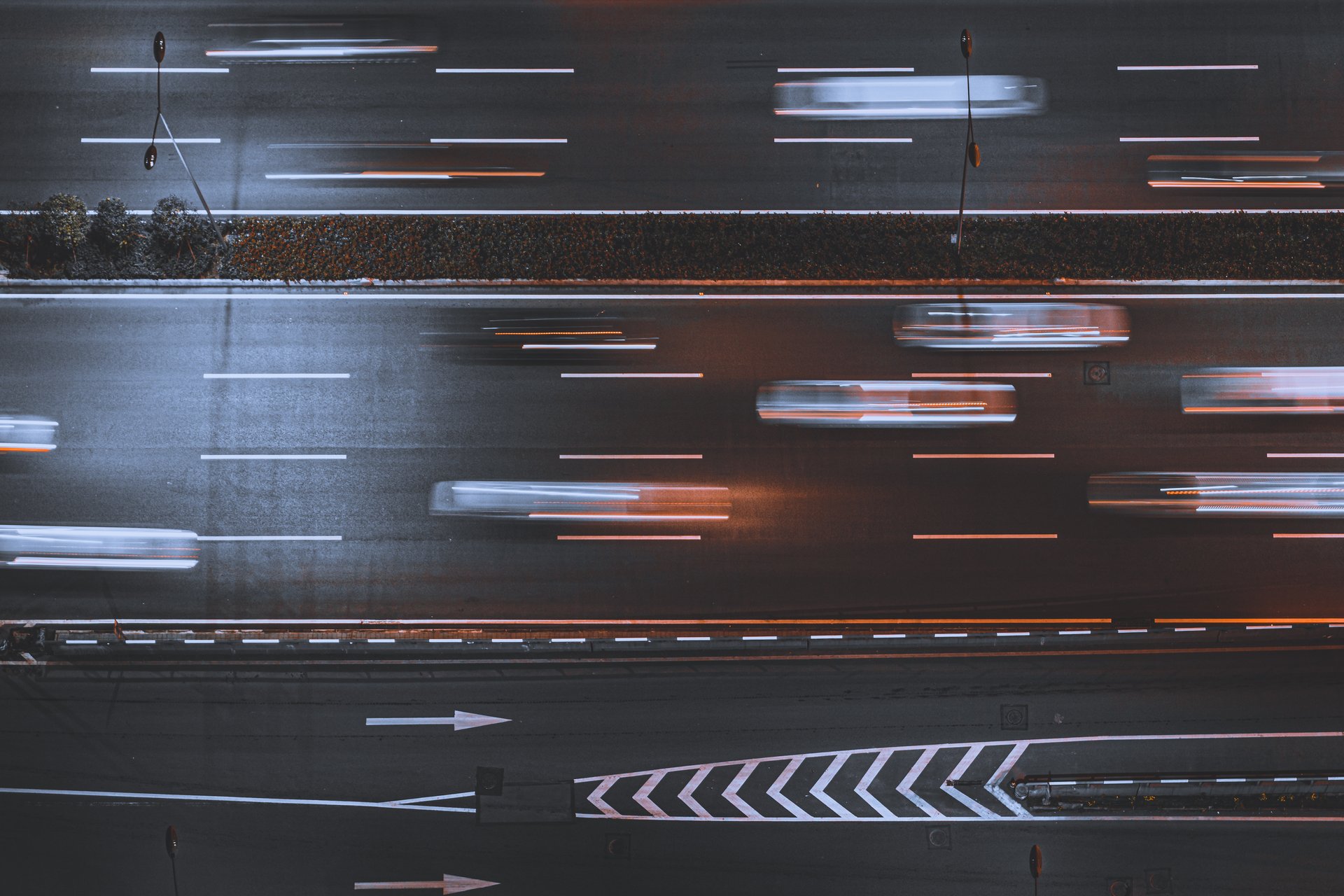Application fields: Transportation, Travel, Tourism and Leisure
Keywords: advanced algorithms and analytics, Big Data, drones, GNSS, High-tech services, mapping, multi-cloud, on-board device
Autonomous driving, connected vehicles, electrification, ride-sharing, and mass-transit systems are set to change the face of mobility in cities 11. Zero-emission vehicles are attributed to the transportation options not resulting in harmful emissions during vehicle operation. Typical examples are electric (battery-powered) vehicles and trains, hydrogen-fuelled vehicles, and human/animal powered transportation. The battery technology for electric vehicles is based on charge/discharge cycles, that is, the battery is charged beforehand using an electricity source and is discharged when the vehicle is in operation. In the case of hydrogen-fueled vehicles, they are typically based on fuel cell technology. This implies the electrochemical conversion of fuel energy into electricity, with water and heat as the only emissions.
At a higher level, improving traffic control could contribute to the reduction of pressure on the infrastructure, improve the air quality, and make cities more liveable. To this aim, alternative models of transportation, active traffic management, and connected vehicles into an intelligent transportation system are being studied. The focus of smart transportation is to connect the different transportation modes into an integrated system in order to provide the citizens with valuable information to make the right choices of the form of travel. Smart transportation allows the control of the flow of traffic and provides added value with the best routes for emergency and law enforcement personnel. Cities rely on a massive system of IoT sensors, cameras, and mobile devices to gather data about incidents, traffic, and weather. A multitude of devices is connected to networks acquiring massive amounts of data that is managed through high-tech transactional services, unified communications, cloud, big data, and cybersecurity services.
Building smart transportation networks involves, as a first step, connecting the traffic light systems. Connecting all the data captured in one single data management service allows for flow optimization based on traffic routing. Then, the selected traffic user groups (buses, trucks, cars, etc.), are connected by installing onboard units. Also, device health management services are provided to monitor and manage smart devices and sensors. A managed multi-cloud service is used for data handling to ensure data accessibility.
Also, innovation in last-mile freight and parcel delivery solutions could yield significant benefits for cities by reducing traffic congestion in urban centres, improving public health by lessening greenhouse gas emissions (GHG). From the manufacturer’s plant or warehouse or a supplier or retailer location, the last mile of delivery is the final stage in the shipping process, culminating with the arrival of the package or good to the customer’s destination. Innovation in short distance deliveries represents a major opportunity for smart cities. According to a study of the Técnico Lisboa, any deliveries in urban areas are less than 5km and at least 25% could be accomplished via bicycle or non-motorized vehicles. Human-powered, robotic, and semi-autonomous vehicles should have an important role in the parcel delivery role.
Other improvements would be the design of advanced algorithms and analytics such as integrated inventory management, dynamic routing, courier collaboration, and proof-of-delivery tools. Looking to the future, drones and autonomous vehicles are expected to be integrated. Also, autonomous ground vehicles (AGVs) with parcel lockers would be introduced.
EO Relevance
EO is instrumental for efficient transportation. The canonical example today is Google Maps, and a plethora of similar apps, all of which improve and minimize travel time and distance. They are already self-adapting to live traffic data and weather conditions contributed on-the-fly by their users. The main problem is that in most cases the tools and data are proprietary (the exception being OpenStreetMaps). Converging to an open platform with free access would be extremely beneficial, with positive effects rippling through many industries other than transport.
Main stakeholders doing R&D: Dewesoft, MAHLE, GMV, Nissan/Renault alliance, Indra, GreenFlux, ImagineCargo, Cargohopper, GLS
Main stakeholders in the market: Power Electronics España S.L., Eléctricas Hermanos Campos S.L., Sernoven S.L., Robert Bosch, Electronics Trafic S.A., STS Control, Pavener Servicios Energéticos, Cumulus City, Endurance Motive S.L., Uponor Hispania S.A.U., Enersoste S.L., GMV, Vadecity, MAHLE

Leave A Comment
You must be logged in to post a comment.